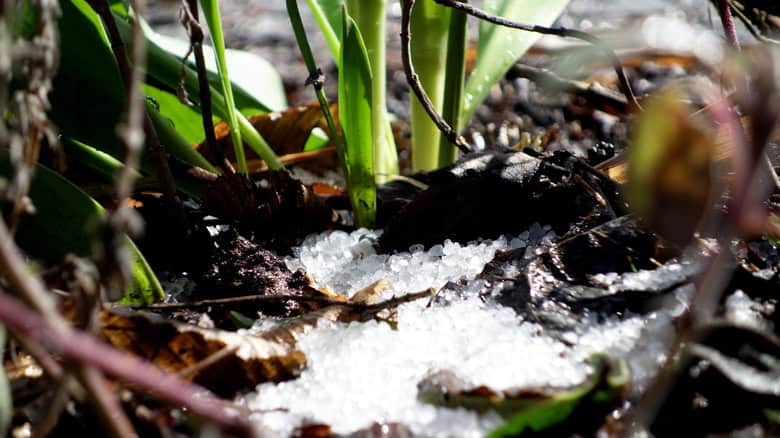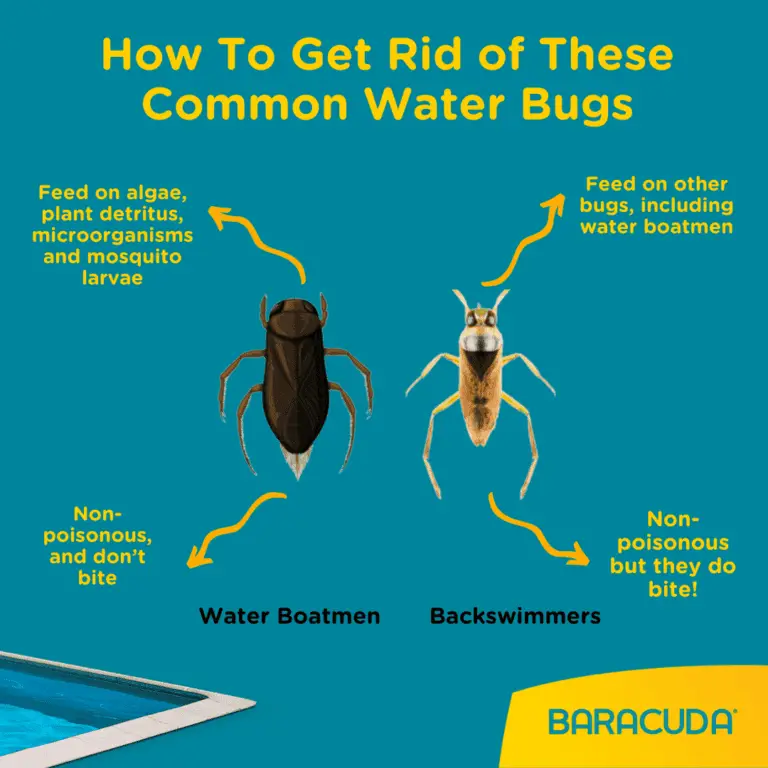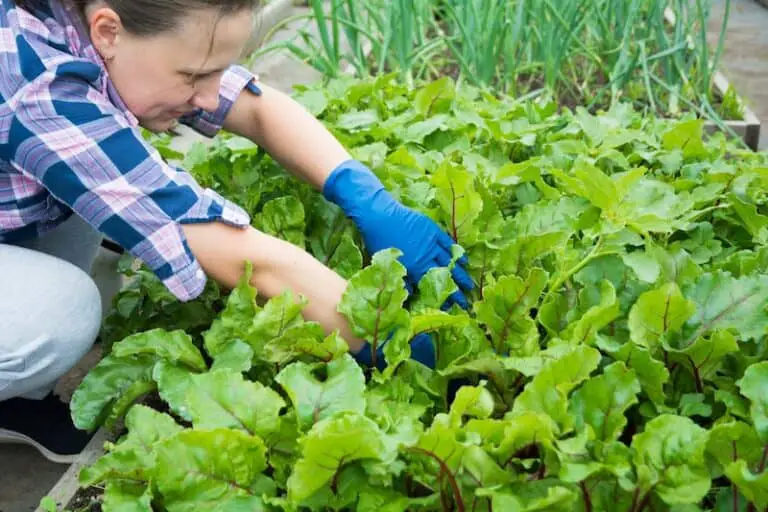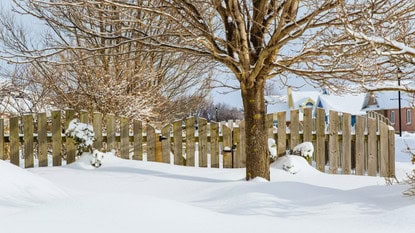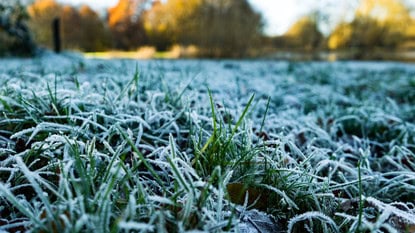Ways To Protect Your Garden From Deadly Winter Salt Damage: Essential Tips
Shield your garden from winter salt damage by using barriers and applying gypsum. Rinse plants with water after salt exposure.
Winter can be harsh on gardens, especially with salt used for de-icing. This salt can seep into the soil, harming plants and roots. To protect your garden, consider creating physical barriers like burlap screens or snow fences. These barriers prevent salt spray from reaching your plants.
Gypsum can also help neutralize the salt in the soil, making it less harmful. After exposure, rinse your plants with water to wash away any residual salt. Taking these steps ensures your garden remains healthy and vibrant throughout the winter months, safeguarding your hard work and investment.
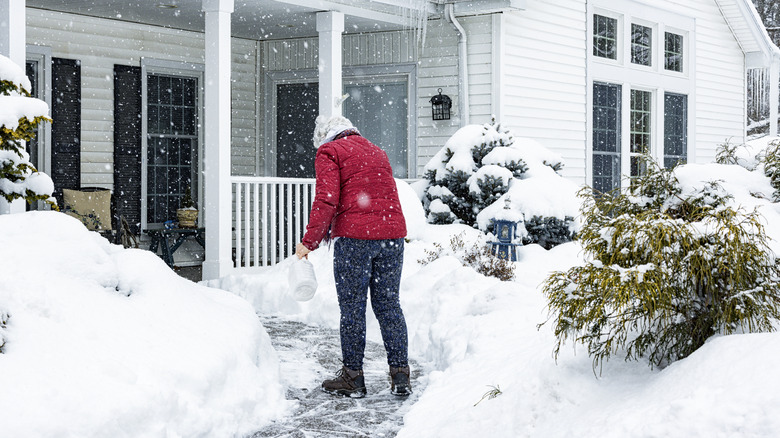
Credit: www.housedigest.com
Understanding Winter Salt Damage
Winter salt can wreak havoc on your beautiful garden. It’s essential to understand how salt affects your plants. By knowing the signs of damage, you can take steps to protect your garden.
How Salt Affects Plants
Salt can harm plants in several ways. It dehydrates the plant roots, making it hard for them to absorb water. This stress can cause the plants to weaken and eventually die. The salt can also change the soil’s structure, making it less fertile.
| Effect | Description |
|---|---|
| Dehydration | Salt absorbs moisture, leaving plants thirsty. |
| Soil Structure | Salt alters soil, making it hard for roots to grow. |
| Toxicity | High salt levels can poison plants. |
Identifying Signs Of Damage
Learn to spot the signs of salt damage early. Look for these symptoms in your plants:
- Yellowing leaves: Leaves may turn yellow and fall off.
- Brown leaf edges: Edges of leaves may turn brown and crispy.
- Stunted growth: Plants may stop growing and look weak.
- Wilting: Plants may wilt even if the soil is moist.
If you notice these signs, it’s time to take action. Protecting your garden from salt damage is crucial for maintaining a healthy, vibrant garden throughout the winter.
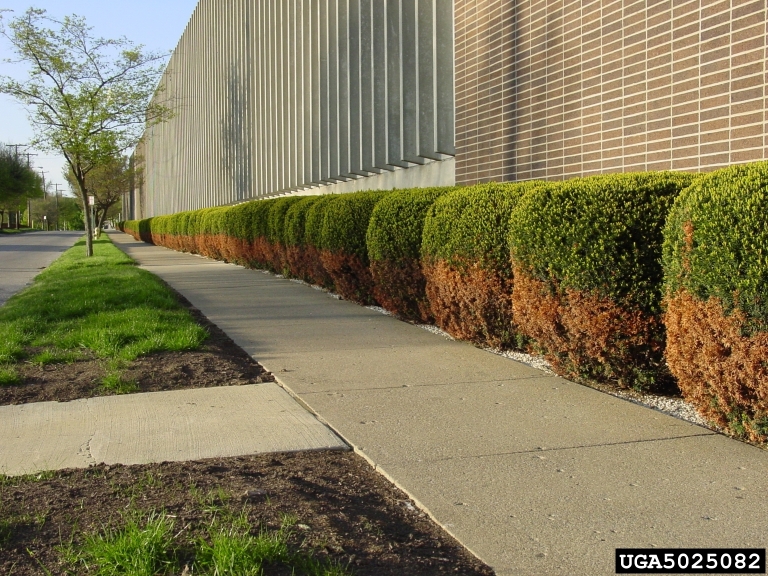
Credit: rtectreecare.com
Choosing The Right Salt Alternatives
Winter salt can harm your garden. Choosing the right salt alternatives helps. These alternatives protect plants and keep soil healthy. Here are some effective options to consider.
Eco-friendly Options
Using eco-friendly options is safe for your garden. These alternatives do not harm plants or soil. Some popular choices include:
- Calcium Magnesium Acetate (CMA): Works well at low temperatures.
- Potassium Chloride: Less harmful to plants than sodium chloride.
- Urea: Safe for plants but can be expensive.
These alternatives are better for the environment. They also help maintain soil health.
Benefits Of Using Sand And Ash
Sand and ash are great salt alternatives. They improve traction and protect plants. Here are their benefits:
| Alternative | Benefits |
|---|---|
| Sand | Increases traction, does not harm plants. |
| Ash | Provides nutrients, improves soil structure. |
Using sand and ash keeps your garden safe. They also enrich the soil.
Creating Physical Barriers
Winter salt can harm your garden. Protecting it is crucial. Creating physical barriers can save your plants from salt damage. These barriers are easy to set up and effective. Below are two methods to shield your garden.
Installing Burlap Screens
Burlap screens are a great way to protect your garden. They block salt from reaching your plants. Here’s how to use them:
- Materials Needed: Burlap, wooden stakes, zip ties.
- Step 1: Place stakes around your garden.
- Step 2: Attach burlap to the stakes using zip ties.
- Step 3: Make sure the burlap is tight and secure.
Burlap screens are simple and effective. They also let air and light through.
Using Snow Fences
Snow fences can also protect your garden. They prevent snow and salt from piling up. Follow these steps to set up a snow fence:
- Materials Needed: Snow fence, metal posts, ties.
- Step 1: Drive metal posts into the ground.
- Step 2: Attach the snow fence to the posts.
- Step 3: Ensure the fence is stable and secure.
Snow fences are durable and reusable. They are ideal for larger gardens.
| Barrier Type | Materials Needed | Benefits |
|---|---|---|
| Burlap Screens | Burlap, Wooden stakes, Zip ties | Blocks salt, Allows air and light through |
| Snow Fences | Snow fence, Metal posts, Ties | Prevents snow and salt buildup, Reusable |
Creating physical barriers is a smart way to protect your garden. Use burlap screens or snow fences for best results.
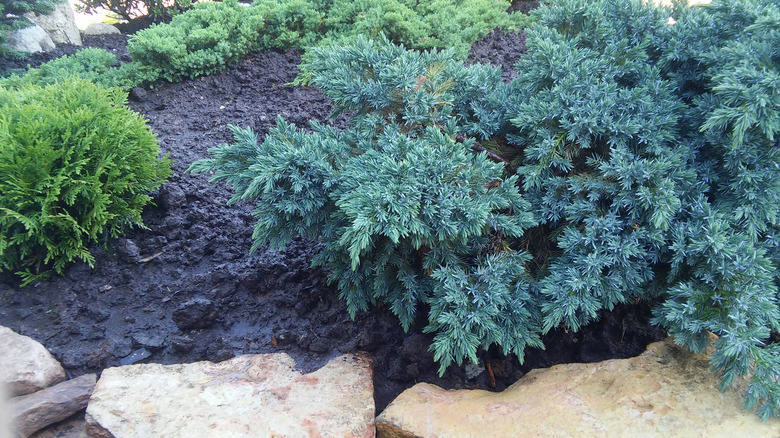
Credit: www.housedigest.com
Proper Watering Techniques
Winter salt can harm your garden. By using proper watering techniques, you can protect your plants. Watering correctly helps wash away harmful salt and keeps plants healthy. Let’s explore how to water your garden effectively during winter.
Importance Of Watering Before Frost
Watering before frost is crucial. Moist soil holds heat better than dry soil. This protects roots from freezing. Follow these steps to prepare your garden:
- Water plants deeply one day before frost.
- Ensure soil is moist but not soggy.
- Focus on areas near roads and sidewalks.
Avoid watering during the day if frost is expected at night. This helps prevent ice from forming on plants.
Strategies For Mid-winter Thaws
Mid-winter thaws can cause salt to seep into the soil. Proper watering during these thaws can reduce salt damage. Here’s what to do:
- Water plants when temperatures rise above freezing.
- Use a gentle spray to avoid disturbing the soil.
- Water early in the day to allow soil to dry before nightfall.
Consider using a soaker hose for even and deep watering. This ensures salt is flushed away efficiently.
| Tip | Details |
|---|---|
| Check Weather | Water only when temperatures are above freezing. |
| Use Mulch | Mulch helps retain moisture and warmth in the soil. |
| Avoid Overwatering | Too much water can cause root rot. |
By following these watering techniques, you can protect your garden from deadly winter salt damage.
Soil Amendments And Treatments
Winter salt can cause severe damage to your garden soil. Effective soil amendments and treatments can help protect your plants. These methods restore soil health, balance pH levels, and improve drainage.
Applying Gypsum
Gypsum is a beneficial soil amendment for gardens affected by salt. It helps neutralize salt and improve soil structure.
- Neutralizes salt: Gypsum reduces salt damage by displacing sodium ions with calcium.
- Improves soil structure: It enhances soil aeration and water infiltration.
- Easy application: Sprinkle gypsum evenly on the soil surface and water thoroughly.
Apply gypsum in early spring for the best results. Repeat applications may be necessary in high-salt areas.
Using Organic Mulch
Organic mulch is another effective way to protect your garden. It helps insulate soil and reduces salt damage.
| Type of Mulch | Benefits |
|---|---|
| Straw | Insulates soil and prevents salt spray. |
| Wood Chips | Retains moisture and reduces soil erosion. |
| Compost | Improves soil health and adds nutrients. |
Apply a 2-3 inch layer of mulch around plants. Avoid piling mulch against plant stems to prevent rot.
Using these soil amendments and treatments can significantly reduce winter salt damage. Your garden will thrive with healthy soil and well-protected plants.
Strategic Plant Placement
Winter salt can damage your garden plants. Strategic plant placement can help. This method reduces salt exposure and keeps your garden healthy.
Planting Salt-tolerant Species
Choosing the right plants is crucial. Some plants are better at resisting salt damage. These are known as salt-tolerant species.
Here are a few salt-tolerant plants:
- Rugosa Roses – Beautiful and resilient to salt.
- Daylilies – Bright flowers that resist salt well.
- Yucca – Hardy and salt-tolerant with a unique look.
Use these plants near driveways and sidewalks. They will withstand the salt spray better.
Designing Salt-free Zones
Creating salt-free zones is another effective strategy. Keep sensitive plants away from areas exposed to salt.
Here are some tips for designing salt-free zones:
- Use Barriers – Place barriers to block salt spray. Fences, walls, or hedges work well.
- Elevate Plant Beds – Raised beds can help keep salt away from plant roots.
- Mulching – Mulch around plants to protect soil and roots from salt.
These methods help maintain a healthy, salt-free environment for your plants.
| Salt-Tolerant Plants | Salt-Free Zone Tips |
|---|---|
| Rugosa Roses | Use Barriers |
| Daylilies | Elevate Plant Beds |
| Yucca | Mulching |
Regular Maintenance And Monitoring
Regular maintenance and monitoring are crucial for protecting your garden from winter salt damage. This involves consistent inspection and timely intervention. Let’s explore some key steps to keep your plants healthy and safe.
Inspecting Plants For Damage
Regularly inspect plants for signs of salt damage. Look for brown or yellow leaves. Check for stunted growth and weak stems. Use a magnifying glass for a closer look. Make notes of affected plants in a garden journal.
Consider using a table to track your inspections:
| Date | Plant Name | Damage Observed | Action Taken |
|---|---|---|---|
| 01/10/2023 | Roses | Yellow leaves | Rinsed with water |
| 01/15/2023 | Maple Tree | Brown edges | Pruned affected parts |
Pruning And Removing Affected Parts
Prune and remove affected parts immediately. Use clean, sharp tools to avoid further damage. Focus on removing dead or diseased branches. Dispose of pruned parts away from the garden. This prevents the spread of salt damage. Always wear gloves for protection.
Here are some key steps for effective pruning:
- Identify damaged parts.
- Sanitize pruning tools.
- Cut at a 45-degree angle.
- Remove all affected leaves and branches.
- Dispose of debris properly.
Regular maintenance and monitoring keep your garden healthy. Ensure consistent inspection and timely intervention.
Community And Environmental Efforts
Winter salt can cause significant damage to your garden. Community and environmental efforts can help mitigate these effects. Participating in local initiatives and advocating for reduced salt use are effective strategies. Let’s explore these approaches.
Participating In Local Initiatives
Get involved in local community programs. These initiatives can provide resources for garden protection. Join groups that focus on environmental conservation. Volunteering for local cleanup drives can also make a difference.
Check your city’s website for community events. Many towns offer workshops on eco-friendly gardening. These workshops teach you how to protect your garden from salt damage. They often provide free materials like mulch and compost.
| Event | Date | Location |
|---|---|---|
| Eco-Friendly Gardening Workshop | January 15 | Community Center |
| Local Cleanup Drive | February 10 | Central Park |
Advocating For Reduced Salt Use
Advocate for less salt use in your community. Talk to your local government officials. Explain the harmful effects of excessive salt. Request them to consider alternative de-icing methods.
Write letters and emails to your city council. Use social media to spread awareness. Share facts about the impact of salt on plants. Encourage your neighbors to do the same.
- Use sand or gravel instead of salt
- Promote eco-friendly de-icers
- Educate others about garden-friendly practices
Collaborate with local environmental organizations. They often have campaigns for reduced salt use. Your participation can amplify their efforts. Together, we can protect our gardens and environment.
Frequently Asked Questions
How Can I Prevent Salt Damage In My Garden?
Use barriers like burlap to shield plants. Apply gypsum to neutralize salt. Water deeply to wash away salt.
What Plants Are Salt-tolerant For Winter?
Opt for salt-tolerant plants like lavender, juniper, or yucca. These plants can withstand salt exposure better.
How Often Should I Water My Garden In Winter?
Water deeply but less frequently. This helps remove salt build-up and keeps soil moisture levels stable.
Conclusion
Protecting your garden from winter salt damage is essential. Use barriers, rinse plants, and choose salt-tolerant species. Mulch can also help safeguard roots. With these simple steps, your garden will thrive despite harsh winter conditions. Keep your green space healthy and vibrant all year round.

